A História da Web e o SEO Semântico
Antes de conhecer como foi o desenvolvimento da Web, temos que dar um passo atrás e falar da criação teórica, e prática, desta plataforma que transformou o Mundo.
Nas palavras de Ben Segal:
“ Em Agosto de 1984 escrevi um artigo ao Chefe do Grupo SW (do CERN) Les Robertson, para descrever um projecto piloto a fim de instalar e avaliar o protocolo TCP/IP em algumas máquinas não Unix do CERN […] Por volta de 1990 o CERN tinha se tornado o maior site da Europa […] e do mundo. Um resultado chave de todos estes foto foi que por volta de 1989 a rede internet do CERN viria a se tornar a medida a partir da qual Tim Berners-Lee viria a criar a World Wide Web como uma ideia verdadeiramente ideal… “
– Ben Segal, Short History of Internet Protocols at CERN, April 1995
O desenvolvimento da World Wide Web
O desenvolvimento da Web começou em 1980, quando o inglês Berners-Lee, um funcionário contratado do CERN – Organização Europeia para a Investigação Nuclear, na Suíça, desenvolveu o ENQUIRE, um projeto usado para reconhecer e armazenar associações de informações. Cada nova página neste sistema deveria estar conectada a outra página existente no sistema.
Já em 1984, Berners-Lee voltou ao CERN e encontrou um problema bem atual: a apresentação e conexão de informações.
Os cientistas de todo o mundo precisavam compartilhar dados mas a falta de uma plataforma única deixa as coisas um tanto complicadas. Então ele preparou uma proposta para um grande banco de dados com hiperligações, que não gerou tanto interesse.
E aqui entra na história uma figura fundamental: Mike Sendall, segundo as palavras do próprio TIm:
“Foi Mike que seguiu minha idéia de conseguir uma das máquinas “NeXT”, e Mike, que sugeriu que eu poderia ir em frente e usá-la para brincar com a idéia de que o hipertexto global, uma coisa que eu estava pesquisando. Quando Robert Cailliau e eu não conseguimos descobrir como executar o projeto World Wide Web entre as duas divisões diferentes em que estávamos, Mike nos aconselhou a continuar.”
Foi Sendal que o encorajou a implementar seu sistema na recém adquirida estação de trabalho NeXT. Vários nomes foram pensados para essa nova rede de conexão de documentos científicos: Information Mesh, The Information Mine ou Mine of Information, mas terminamos com a WWW – World Wide Web.

A Web foi sonhada para ser semântica desde o início
É fácil compreender que o problema inicial encontrado, ou seja, fazer com que sistemas diferentes entendam os mesmos documentos, já era um problema de semântica.
Foi só em 2001 que surgiu a ideia de uma web semantica. O artigo “Web Semântica: um novo formato de conteúdo para a Web que tem significado para computadores vai iniciar uma revolução de novas possibilidades.” publicado na revista Scientific American deu a “partida teórica” para o que estamos começando a ver os primeiros resultados hoje.
Os autores deste importante artigo são Tim Berners-Lee, James Hendler e Ora Lassila.
Os desbravadores da Web Semântica
Tim Berners-Lee
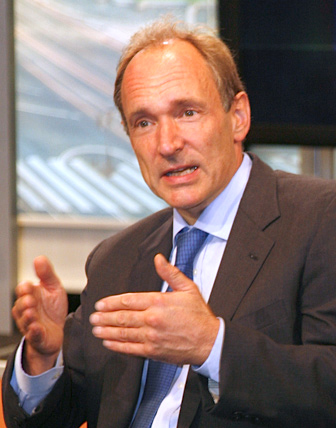
O mais conhecido deste três é realmente Berners-Lee, que é atual presidente da W3C (World Wide Web Consortium), professor do MIT no Laboratório de Inteligência Artificial e Ciência da Computação.
Talvez um dos pesquisadores mais importantes do nosso século e considerado por muitos um dos maiores gênios do nosso tempo.
James Hendler
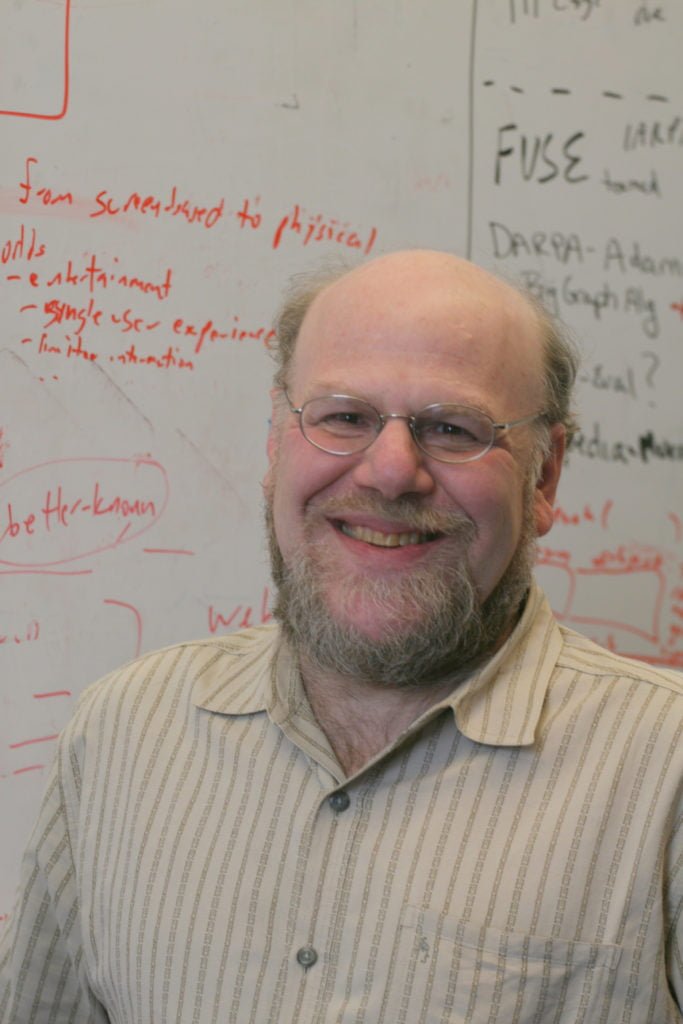
James Hendler trabalha com Inteligência Artificial no Instituto Politécnico Rensselaer (Rensselaer Polytechnic Institute), nos Estados Unidos.
Hendler tem uma carreira longa como professor na Universidade de Maryland, onde foi Diretor do Instituto Conjunto de Descoberta do Conhecimento e realizou nomeações conjuntas no Departamento de Ciência da Computação, no Instituto de Estudos Avançados de Computação e no Instituto de Pesquisa de Sistemas, além de ter sido Diretor de Web Semântica e Tecnologia de Agentes no Maryland Information and Network Dynamics Laboratory.
Ele é membro da Associação Americana de Inteligência Artificial, da British Computer Society, do Instituto de Engenheiros Elétricos e Eletrônicos, da AAAS e da Association for Computing Machinery.
Ora Lassila
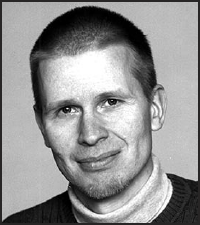
Ora lassila é arquiteto e estrategista de tecnologia, trabalha atualmente na Nokia Services e é membro do Nokia’s CEO Technology Council. Foi um membro eleito do Conselho Consultivo do W3C desde o início da diretoria em 1998 até 2013 além de representante da Nokia no Comitê Consultivo do W3C de 1998 a 2002.
Foi era membro do Steering Committee da Semantic Web Science Association.
Este artigo faz parte de uma série de artigos que analisa a semântica do ponto de visto do SEO. Na primeira parte deste artigo introduzimos a Web Semântica e na terceira parte começaremos a falar sobre a semântica em si. Na terceira parte da série SEO Semântico vamos falar sobre como a semântica vai criar uma Nova Web.
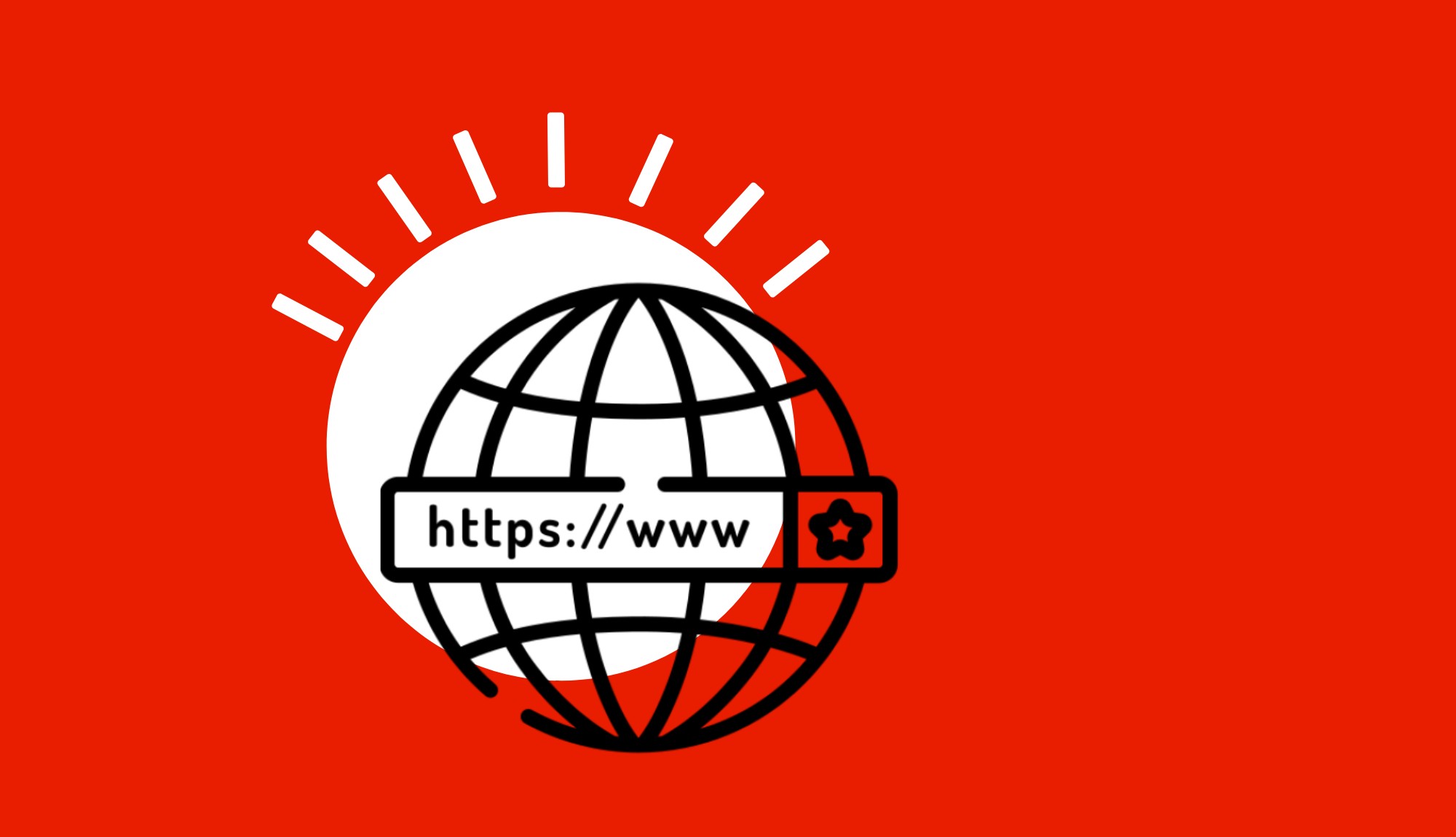
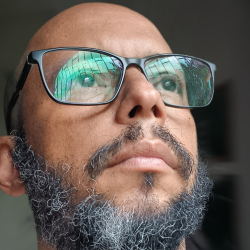



Publicar comentário